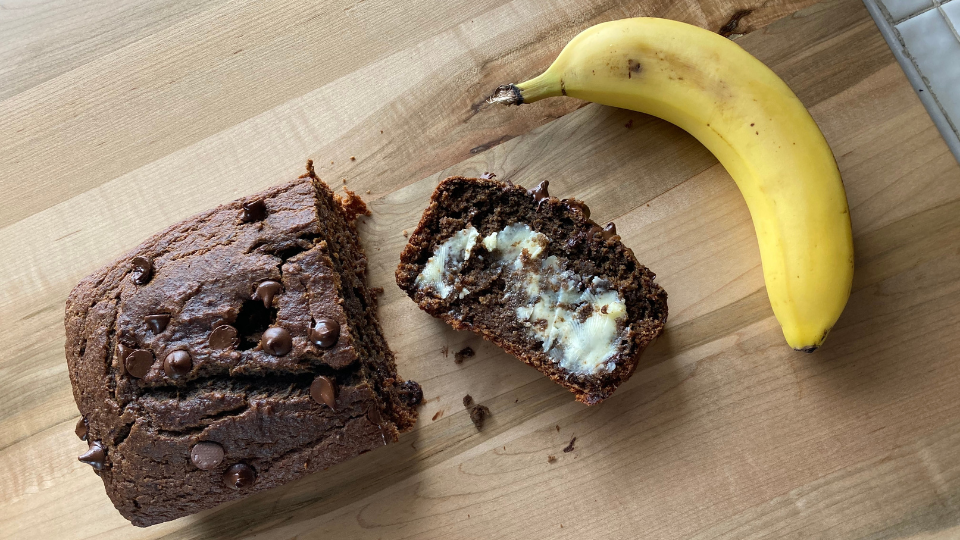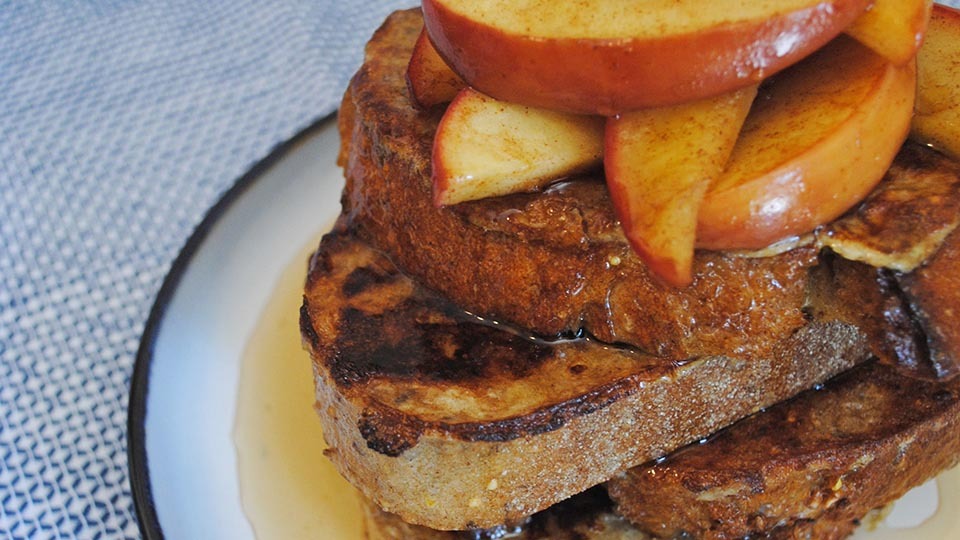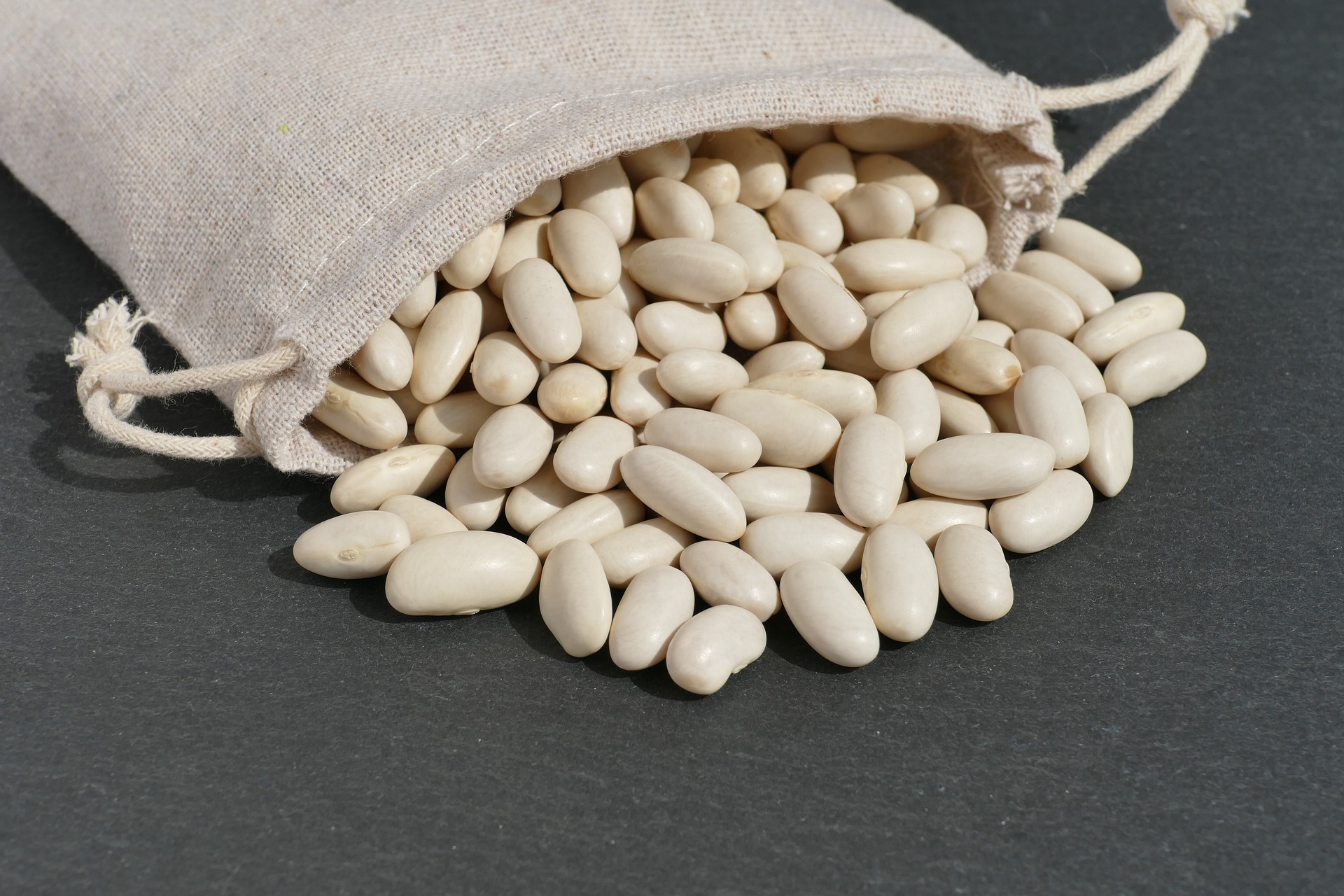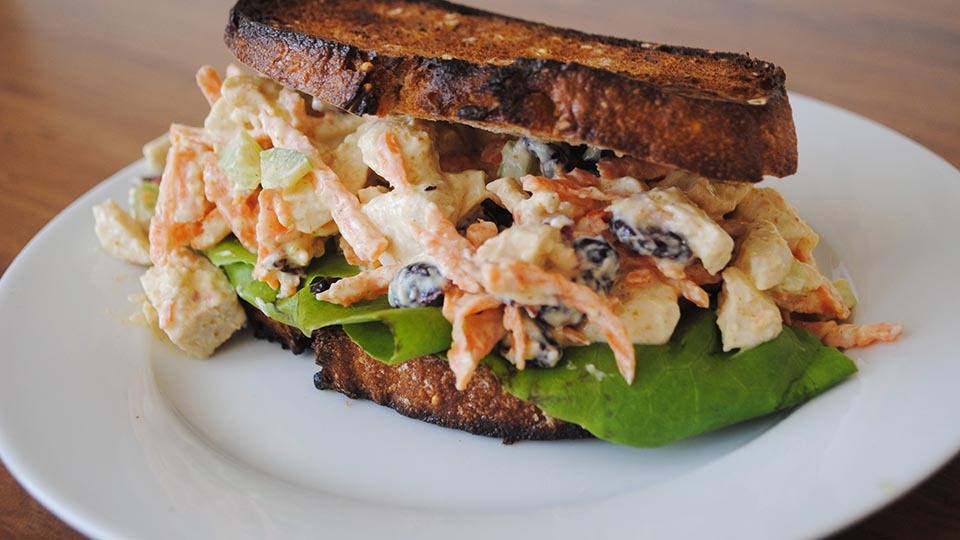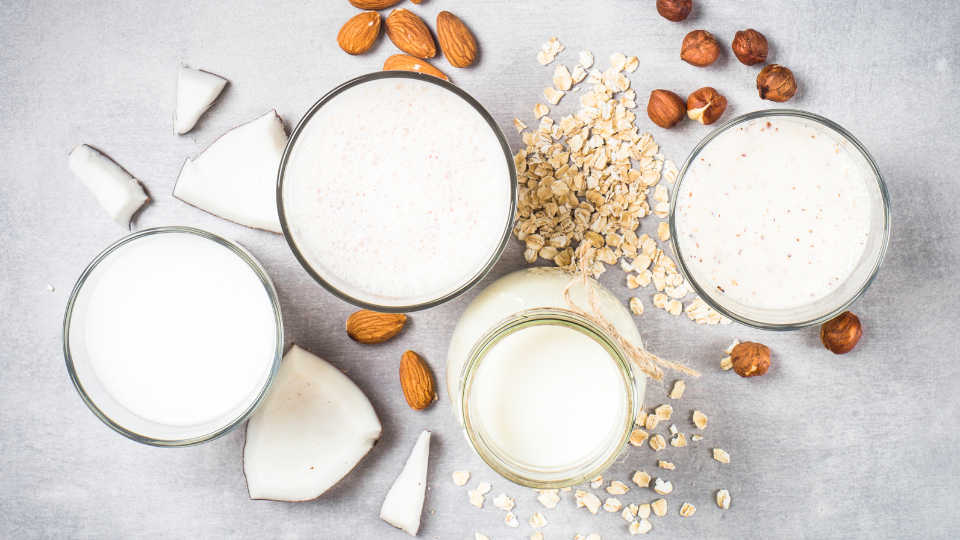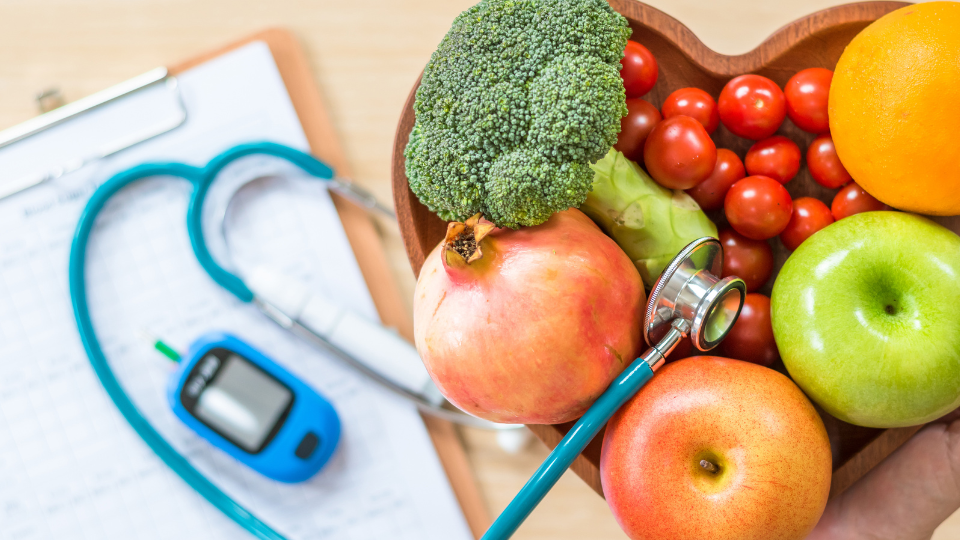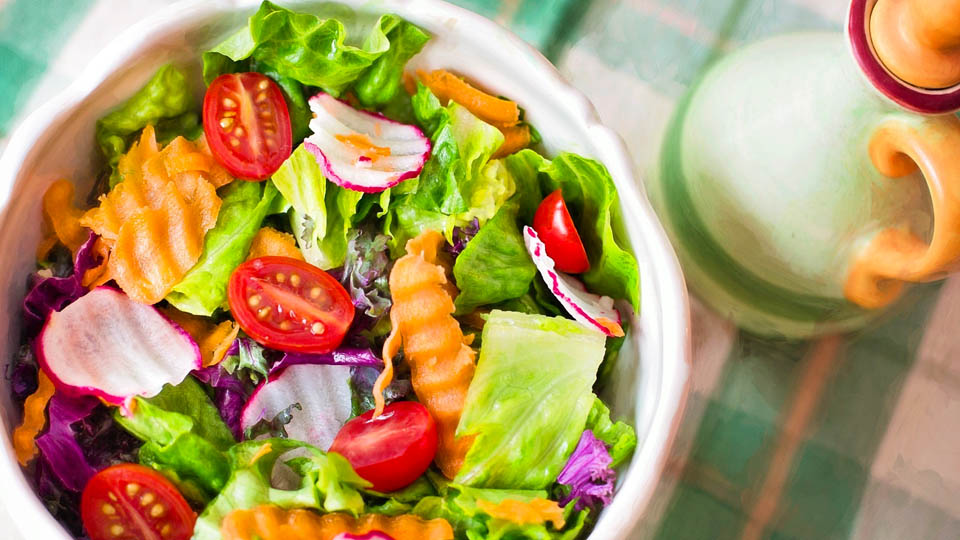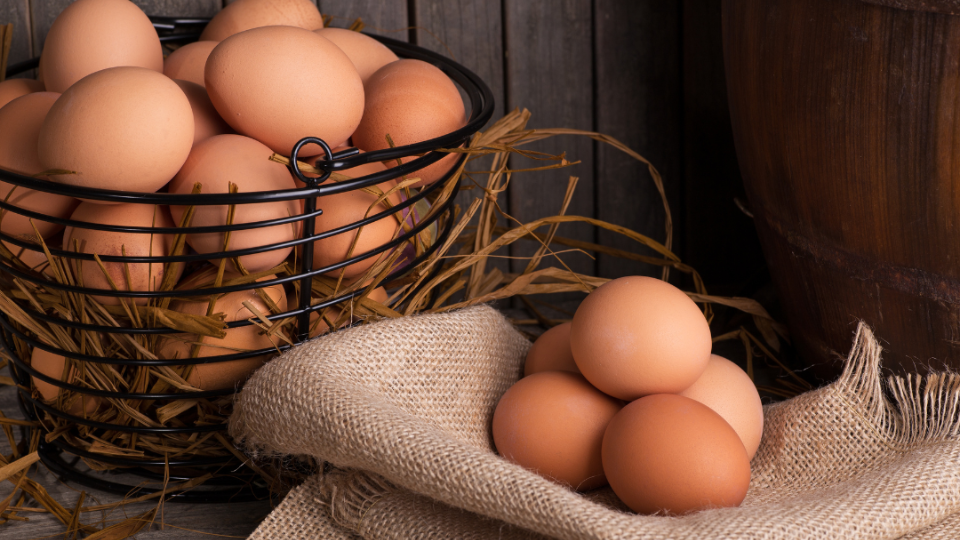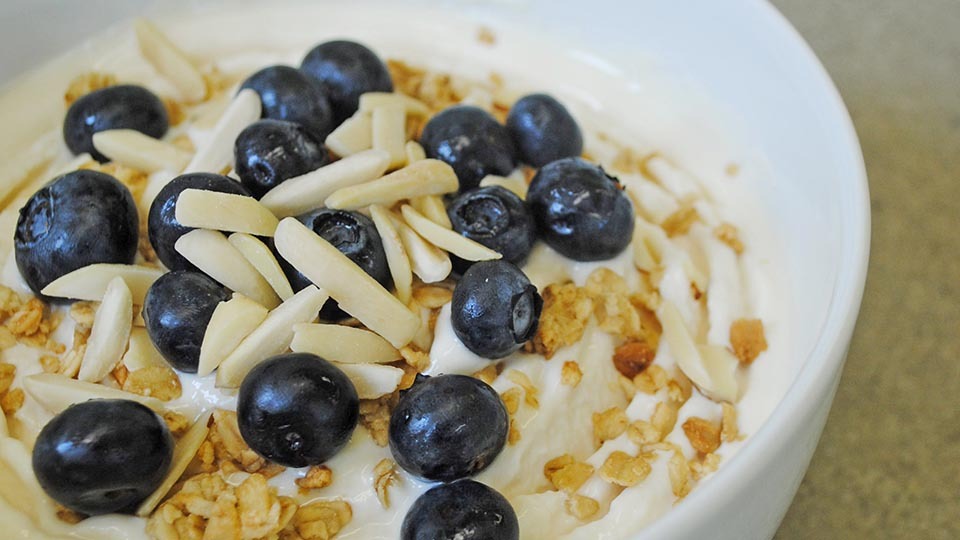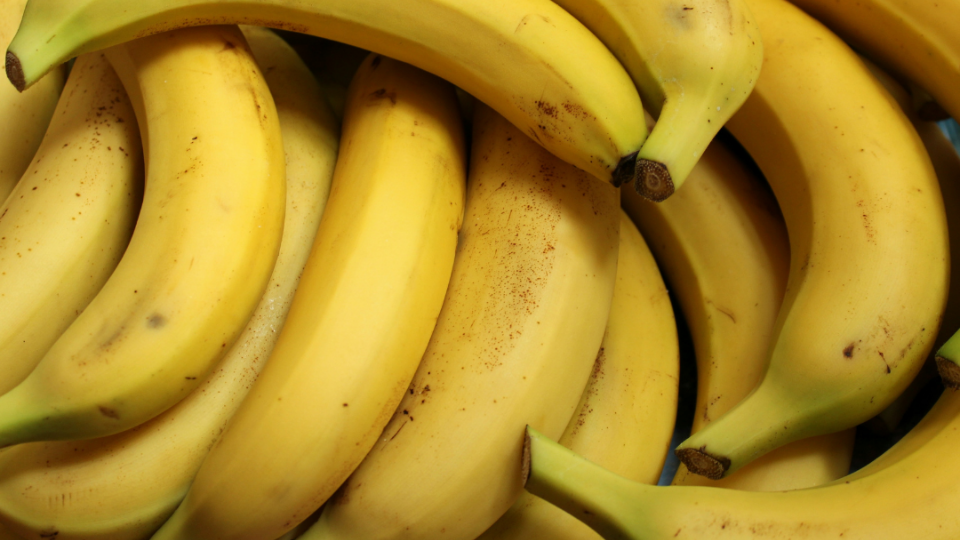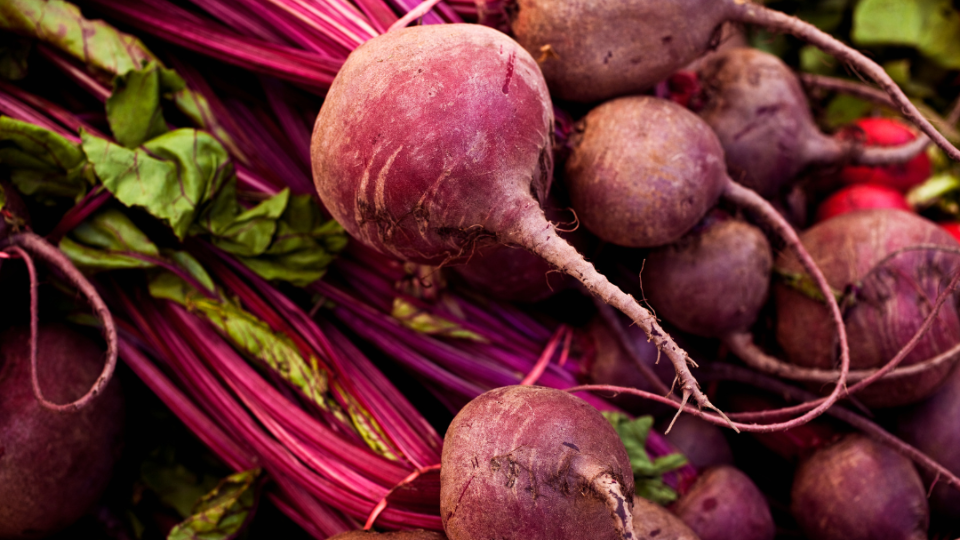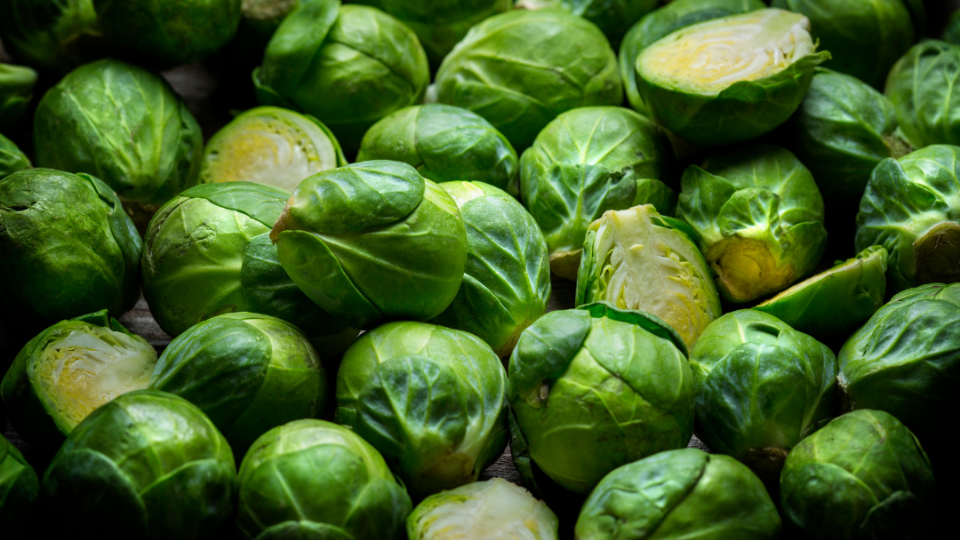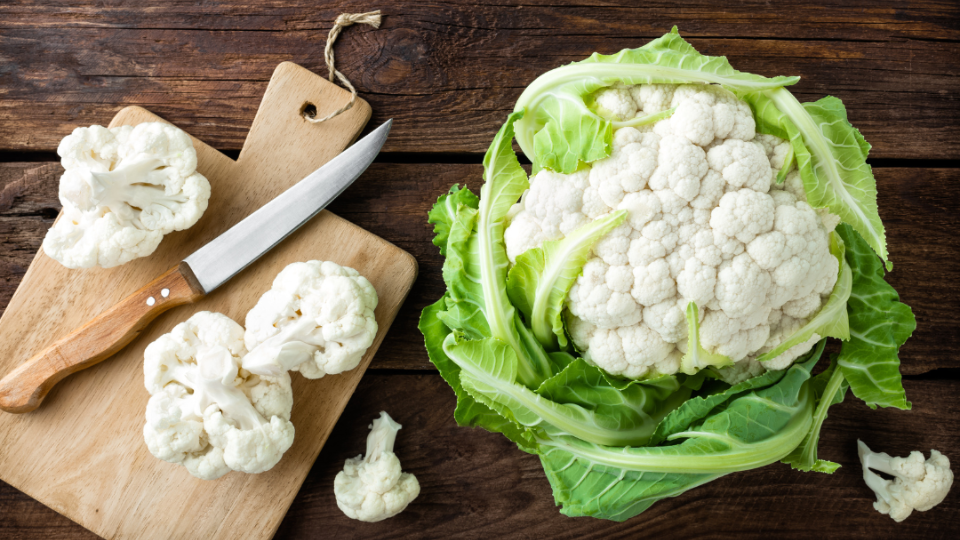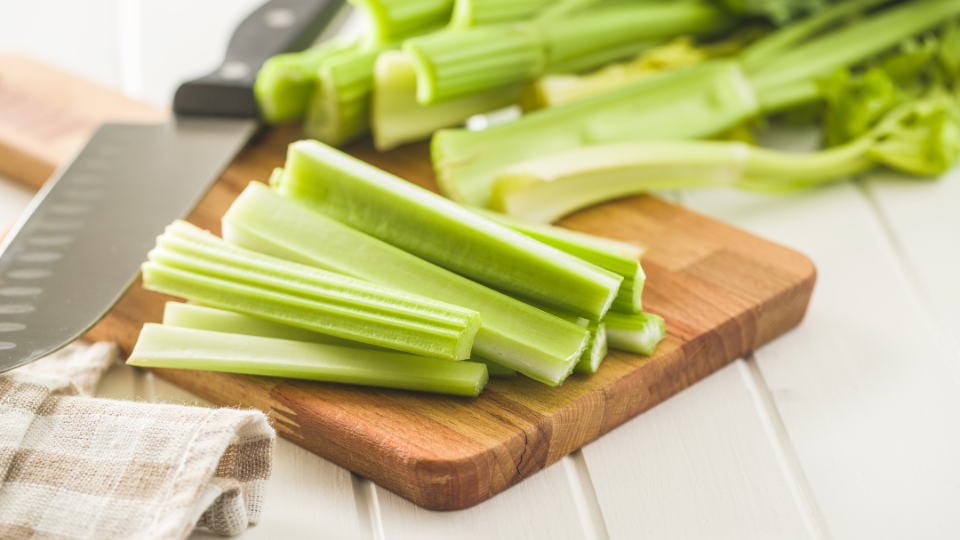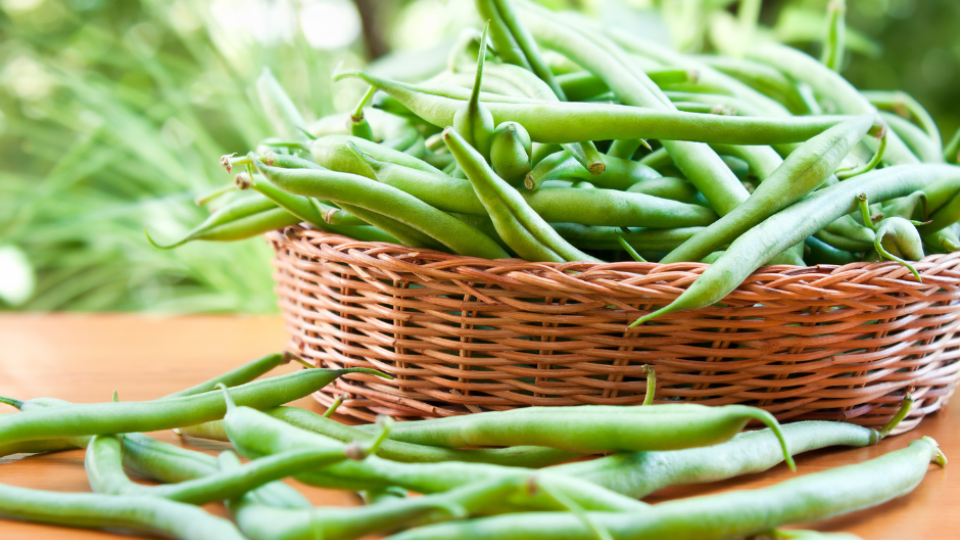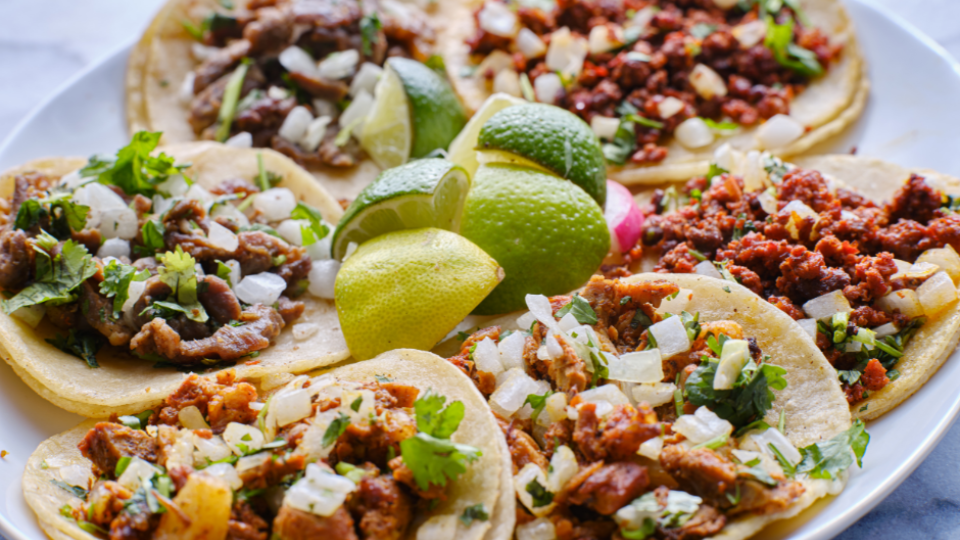Get it, Got it, Grains!
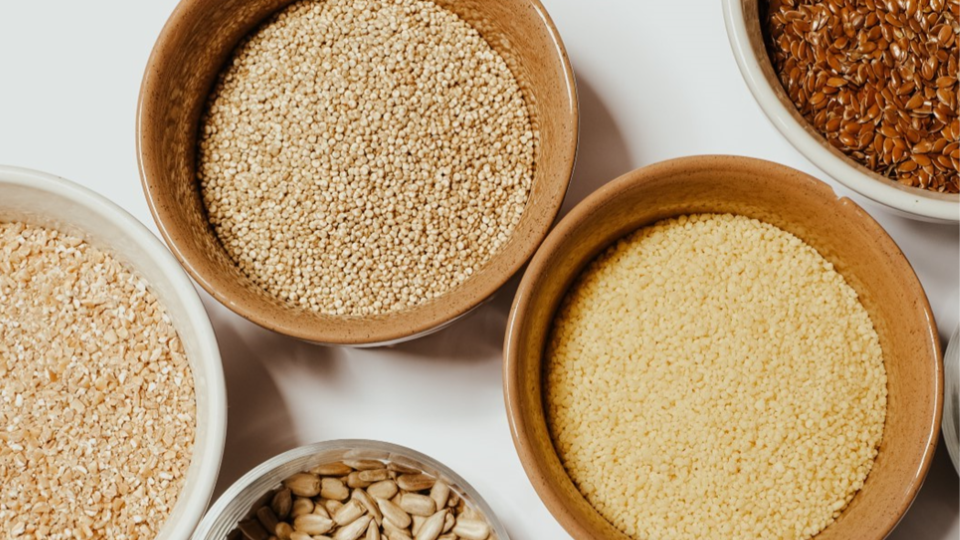
We have all spent more time than we care to admit in the bread isle, trying to sort through food labels claiming to be "whole wheat," "multigrain," "natural," and "whole grain.” Or in the cereal aisle looking at dozens of options, all claiming different health benefits on their labels. It is easy to get confused, and even easier to think you're getting something healthy when you are not. So how do we really know what we are getting, and what is considered healthy?
First off, it is important to know that whole grains are an essential part of a healthy diet. MyPlate recommends making at least half of the grains we eat whole grains. Doing this can help a person get proper amounts of fiber, iron, and several important B vitamins. Not only do whole grains provide nutrients and energy but eating them regularly can help prevent heart disease and some kinds of cancer. Making smart choices about what grains to eat can be simple, so let's start with what whole grains are!
What is a whole grain?
You are probably familiar with wheat, rice, and maybe even quinoa, but there are many grains that we overlook. Other common grains include amaranth, barley, oats, bulgur, sorghum, millet, and more. A ‘kernel’ or full piece of grain has three main parts: the bran, germ, and endosperm. The bran is the outer shell, the germ is the small center, and the endosperm is the biggest part inside the kernel. Each of these three parts have different health benefits. A grain is considered ‘whole’ when all three of these parts are present. A whole grain is healthier because it contains all the nutrients. When parts are removed during processing, the whole grain becomes a ‘refined’ grain.
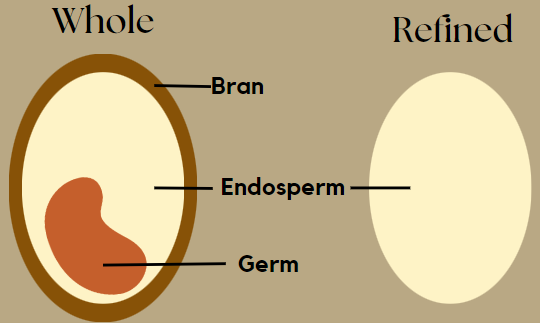
An easy way to think about this is by looking at brown rice and white rice. Brown rice is a whole grain because it has all three parts of kernel, while white rice is processed and only the endosperm is left. You can also see the difference when looking at whole wheat flour and white flour. Flour is made by grinding grains down into a powder. White flour uses only part of the wheat grains, so it is smoother, and whole wheat flour is made using the whole wheat grain kernel making it less smooth, but also healthier.
Most of the time we eat our grains after they are made into other food products, which can make it a little tougher to understand what is whole and what is not. Common grain products include breads, pastas, cereal, crackers, and more. Foods like these are considered whole grain if the final food product is made with all whole grains. It sounds self-explanatory, but often foods in grocery stores are not made completely out of whole grains.
So how do you know a product is whole grain?
Research shows that shoppers do not always have the information needed to choose healthier options in stores and are influenced by health claims made on labels. In the United States, the Food and Drug Administration, or FDA, has rules about what can be written on a label or package. This means that if you know the rules, you can make a healthier choice when choosing grain products.
Here are some common labels and what they mean for the whole grain content:
| Is this label considered ‘whole grain’? | Phrases to look for on a food label |
|---|---|
|
Yes, this is a whole grain! |
100% whole grain Whole [insert type of grain] Stoneground whole [insert type of grain] |
|
Maybe but no guarantee… |
Multigrain Stoneground Organic Wheat |
|
Incomplete grains |
Enriched flour Wheat flour Bran Wheat germ |
It might seem a bit confusing at first, but by keeping these guidelines in mind you can make the healthier choice more easily. When in doubt, check the ingredients list on the nutrition facts label. If a whole grain is listed as the first ingredient, it means it is the main ingredient, and will have a good proportion of whole grain in the product. Whatever grains you choose to buy, know that you are getting important nutrients and energy from them, and the more of those grains are whole, the more benefits you get!
Resources
- Nutrition, C. for F. S. and A. (2022, September 27). Draft Guidance for Industry and FDA Staff: Whole Grain Label Statements. FDA. https://www.fda.gov/regulatory-information/search-fda-guidance-documents/draft-guidance-industry-and-fda-staff-whole-grain-label-statements
- The Whole Grains Council. (n.d.). Retrieved December 22, 2023, from https://wholegrainscouncil.org/
- US Department of Agriculture, Food and Nutrition Service. (n.d.). Make Half Your Grains Whole Grains | MyPlate. Retrieved September 11, 2022, from https://www.myplate.gov/tip-sheet/make-half-your-grains-whole-grains
- Zank, G. M., & Smith, K. H. (2021). Whole grain claims: Do they matter? Journal of Consumer Affairs, 55(3), 1139–1149. https://doi.org/10.1111/joca.12386
Authors
Written by: Lexie Hart
Reviewed by: Lea Palmer MPH RDN
Related Research



